Joseph W. Jones Ecological Research Center
The Southeastern pocket gopher (Geomys pinetis) is a fossorial (burrowing) rodent native to the southeastern United States. The range of this species is restricted to dry, deep sandy soils of the coastal plains of Florida, Georgia, and Alabama. They are most abundant in pine-oak woodlands, open pine flatwoods, and grassy fields. Their maximum longevity may be upwards of 5 years in natural conditions.
The adults range in size from ~200 to 300 mm in length and ~100-300 g in weight. They are named after their external, fur-lined cheek pouches that they use to carry food to storage chambers within their burrows, which they cache and utilize when supplies are short. Southeastern pocket gophers are strictly herbivores that feed on a variety of plants including roots, forbes, shrubs, and grasses.
Pocket gopher presence can be identified by the sandy mounds formed from the gopher pushing soil out of freshly dug tunnels. In fact, southeastern pocket gophers are sometimes locally referred to as “sandy mounders” or subsequently turned into “salamanders” in Florida because of their characteristic mounds. They are rarely above ground and spend most of their time in burrow systems in which they excavate. Burrow systems can range anywhere from 15 cm to 2 m below ground and can be extensive in length. Estimates of the extent of pocket gopher burrows have been up to 150 meters for one gopher! They are a solitary and highly territorial species, only coming together briefly during breeding times.
Joseph W. Jones Ecological Research Center
Southeastern pocket gophers are highly specialized for their fossorial lifestyle. They have stocky, cylinder shaped bodies and small eyes and ears with powerful, front legs equipped with large claws for digging. The southeastern pocket gopher also has long, powerful incisors for chewing through roots underground. In fact, their lips close behind their incisors to prevent dirt from entering their mouths when they are using their teeth.
Southeastern pocket gophers are considered ecosystem engineers because they promote diversity within and the resilience of systems where they occur. Through their digging and foraging they aerate and cycle nutrients in the soil, creating a positive influence on vegetation growth and diversity. Additionally, their tunnels provide shelter for numerous other species, some of which are listed as species of greatest conservation need. Unfortunately, southeastern pocket gophers are also listed as a species of greatest conservation need in all three states, and are listed as threatened in Georgia. The biggest threats to southeastern pocket gopher populations have been identified as human induced land use changes that degrade or fragment the habitats where they occur. Because little is known about the ecology, distribution, and population dynamics of the species, the University of Florida is conducting statewide surveys for southeastern pocket gopher presence and absence across their native range to try and understand the factors influencing their distribution. To help with identifying areas inhabited by pocket gophers, an iNaturalist project site has been established where anyone can help identify areas where southeastern pocket gophers are present! Local identifications will be part of the large-scale surveying efforts across AL, GA, and FL. To get involved visit http://www.inaturalist.org/projects/southeastern-pocket-gophers.
Links to more information:
http://myfwc.com/wildlifehabitats/profiles/mammals/land/pocket-gopher/
http://animaldiversity.org/accounts/Geomys_pinetis/
https://edis.ifas.ufl.edu/publication/UW285
Videos:
Submitted by:
Dr. Sarah Duncan
Postdoctoral Researcher
University of Florida




